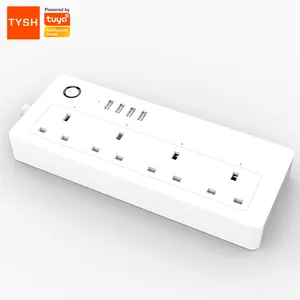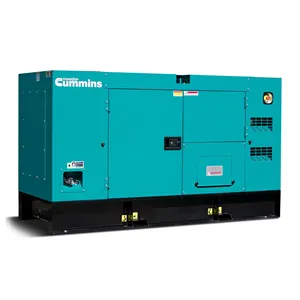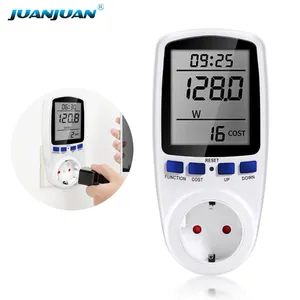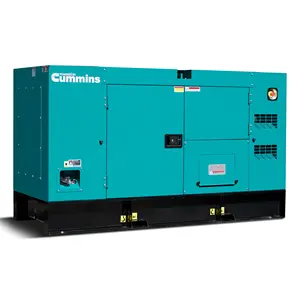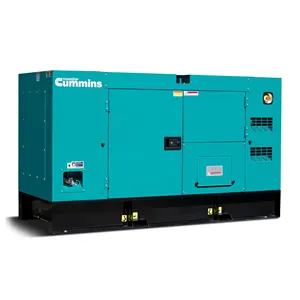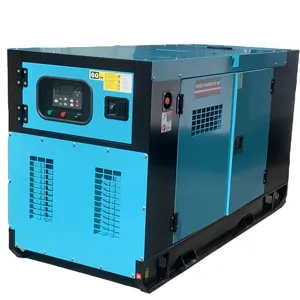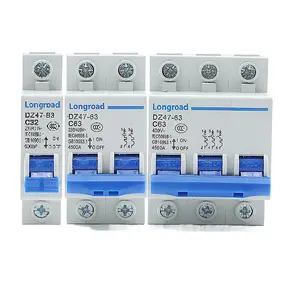Popular in your industry
























































Related Searches:







































































































Top categories
About ce circuit breaker
Understanding CE Circuit Breakers
CE circuit breakers are critical components in electrical systems, designed to provide safety and prevent damage by automatically interrupting current flow in the event of an overload or short circuit. These devices are essential for protecting electrical circuits in a variety of settings, from residential homes to industrial facilities.
Types and Applications
There are several types of CE circuit breakers, each suited to specific applications. Miniature circuit breakers (MCBs) are commonly used in residential and commercial environments for their compact size and efficiency. Molded case circuit breakers (MCCBs) offer higher current ratings and are typically employed in industrial settings for robust circuit protection. The selection of a circuit breaker, whether it's a type C, B, or D, depends on the nature of the load and the level of surge protection required.
Features and Materials
The construction of a CE circuit breaker involves various materials, each chosen for its durability and conductivity. Common materials include high-grade plastics for insulation and copper or silver alloys for contacts. Features such as trip curves, breaking capacity, and the number of poles are tailored to specific circuit requirements, ensuring that each breaker functions optimally within its intended application.
Advantages of CE Circuit Breakers
The advantages of using CE-certified circuit breakers are manifold. They ensure compliance with European safety standards, providing peace of mind regarding the protection of electrical infrastructure. Additionally, these circuit breakers are designed for ease of installation and maintenance, with clear markings and standardized fittings.
Selection Criteria
When selecting a CE circuit breaker, it is crucial to consider the electrical load, the environment of use, and the breaker's characteristics such as trip sensitivity and interrupting capacity. The color coding of breakers, including white, black, and red, can also be a factor in selection, often indicating different functions or phases in a three-phase system.
Compliance and Safety
Safety is paramount in electrical systems, and CE circuit breakers play a vital role in mitigating risks. Compliance with CE standards indicates that a circuit breaker has been tested and meets the necessary European directives regarding safety and performance.
